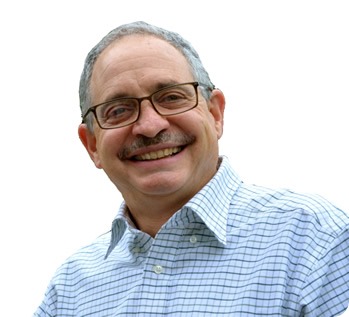Up until now, how have scientists studied the behaviour of neurons in controllable environments?
A variety of methods are being utilized. These include 2D cell cultures, cells in hydrogels, tissue slices and organoids. In all cases these methods have benefits and limitations.
To date, none of these methods have provided the level of physiological relevance that the new 3D brain-like cortical tissues demonstrate, including versatility to study cell responses and selection compartments, sustainable cultivation for the study of acute and chronic effects, a suitable in vitro model for traumatic brain injury (TBI), electrophysiological and biochemical responses and related needs.
What are the main restrictions of growing neurons in 2D?
In 2D, neurons tend to form limited connectivity reflective of the 3D complexity in the brain and have more limited cultivation time before reduction in functions.
Also, cells are well documented to respond differently in a 3D environment (which represents the native state in the brain) vs. 2D.
What challenges have tissue engineers faced when attempting to grow neurons in 3D gel environments?
Gel environments are very suitable for many 3D neuron studies. However, the cultivation time is usually limited to a few weeks as the gels tend to contract and cells internal in the matrix become necrotic or change, while those on the periphery do well.
Also, the gel approach does not allow compartmentalized approaches to permit the study of cell-niche control of physiology and functions, something that we see as very important.
How did the 3D brain-like tissue that you have created overcome these problems?
The compartmentalized design combines the value of a biocompatible and open/porous sponge network with the infused and central gel compartment. These two different compartments provide two different niche environments to house the neurons (in the sponge) and allow the axons to grow into and connect up in the gel. Thus natural connectivity is supported.
The sponge network provides a macro-scaffolding structure to prevent the gel from contracting over time, thus the system is sustainable for at least two months as we have already shown, and we are pursuing six months as a goal.
What impact will this 3D brain-like tissue have on the ability to study chemical and electrical changes that occur in the brain in response to disease and injuries?
We are hoping this will have a major impact on the field, including areas of the study of disease formation, progression and treatments-- from cancers to age-related dementia and related maladies, the mode of action of drugs to treat brain-related disorders, studies of toxicology and the impact and potential treatments for traumatic brain injury (as we already show in this first paper).
How long can you maintain the tissue you have created in the lab?
At present, two months; our goal is six months as we have shown with other tissues that we have worked on in the past.
What are your further research plans?
Our goals include to continue to the refine the system to improve physiological relevance, and then study the system with respect to the various diseases and needs outlined above.
Where can readers find more information?
Readers can read more on my website or contact me via email if they have questions.
About Professor David Kaplan
 David Kaplan holds an Endowed Chair, the Stern Family Professor of Engineering, at Tufts University. He is Professor & Chair of the Department of Biomedical Engineering and also holds faculty appointments in the School of Medicine Sackler School of Graduate Biomedical Science, the School of Dental Medicine, Department of Chemistry and the Department of Chemical and Biological Engineering.
David Kaplan holds an Endowed Chair, the Stern Family Professor of Engineering, at Tufts University. He is Professor & Chair of the Department of Biomedical Engineering and also holds faculty appointments in the School of Medicine Sackler School of Graduate Biomedical Science, the School of Dental Medicine, Department of Chemistry and the Department of Chemical and Biological Engineering.
His research focus is on biopolymer engineering to understand structure-function relationships, with emphasis on studies related to self-assembly, biomaterials engineering and regenerative medicine. He has published over 600 papers.
He directs the NIH P41 Tissue Engineering Resource Center (TERC) that involves Tufts University and Columbia University.
He serves of the editorial boards of numerous journals, has been Associate Editor for Biomacromolecules since its inception, and is the Editor and Chief of the journal ACS Biomaterials Science and Engineering.
He has received a number of awards for teaching, was Elected Fellow American Institute of Medical and Biological Engineering and the Society for Biomaterials Clemson Award for contributions to the literature.